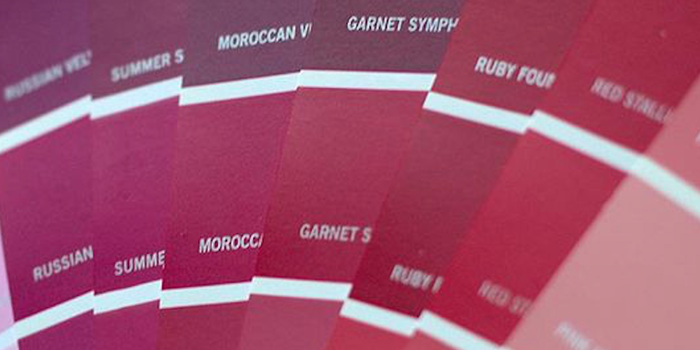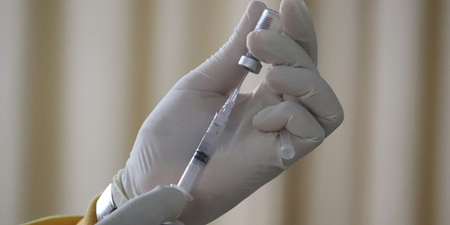When it comes to what marketing people like to call ‘feminine hygiene’, we’re endlessly curious.
What should this look like? What should that smell like? How often should I be doing this?
We’ve all fallen down that Googling-vagina-stuff-at-1am rabbit hole, but ever checked out what the colour of your period blood means?
Have a read below – you might find out something you didn’t know about yourself.
As ever, gals, see your doctor if you have any concerns and for advice on best practice.
First things first
It’s worth noting that period blood can change colour based on how long it’s been exposed to oxygen as the water evaporates out of it. The blood might be red leaving your body but could be brown by the time you see it on your pad.
It’s normal for your blood colour to vary throughout your cycle too, but keep an eye for anything that seems unusual, including changes in how heavy your periods are and how long they last. Remember, you know your body best.

Pink
Pinker blood could mean low oestrogen. This can especially affect very active women as exercise can diminish your oestrogen levels, says Prevention.com. This isn’t too concerning but low levels of oestrogen can lead to osteoporosis later in life. Pink blood can also be a sign of polycystic ovary syndrome, so talk to your doctor if it’s a regular problem for you.
Bright red
This is newer blood, which is why you’ll typically see it on day two or three of your period as your womb lining breaks down. It’s perfectly normal, but if you see bright red blood between periods, it can be a sign of STDs like chlamydia and gonorrhoea.
Brown/ black
Darker blood is old blood that has has a chance to oxidise, according to Healthline. It tends to appear at the start or end of your period and might be thicker than other blood but is generally nothing to worry about.

Grey
Something’s wrong. Grey blood is often accompanied by a nasty smell and indicates an infection, such as an STD. Don’t delay in getting tested.
Clots
Clotting in the heavier days of your period, when your uterine lining is being shed, is normal but clots bigger than a €2 could be a sign of a hormone imbalance. Again, chat to your doctor if you’re worried about this.




















































